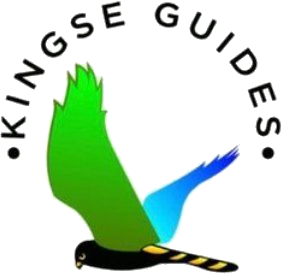
Discovering The Soul of Africa
See the Animals at Ngorongoro Crater
Ngorongoro Crater is a conservation area roughly 110 miles west of Arusha. It covers an area of 8,288 km² (3,200 square miles). Ngorongoro is the world’s largest unbroken, non-flooded volcanic caldera. The area became a UNESCO World Heritage Site in 1979. One of the main attractions in this conservation area is the crater itself. The crater formed when a giant volcano exploded and collapsed on itself some two to three million years ago. It is 610 m (2,001 ft) deep and the crater floor covers 260 km² (102 square miles).
A wide variety of vegetation can be found in and around Ngorongoro Crater and it varies according to location.
Grasslands and wooded areas, such as the Lerai Forest, cover much of the crater floor. There is also the stunning soda lake in the crater’s center. The lake is seasonal and water levels vary greatly from wet to dry season. Fire is used to control vegetation in the crater.
An estimated 25,000 larger mammals are resident in the caldera including a population of approximately 6000 resident wildebeest, about 28 highly endangered black rhinos, and around 70 lions.
In fact, all of the big five animals can be found here. The big five are buffalo, elephant, leopard, lion, and rhinoceros. Leopards may be seen lounging in the spectacular Lerai Forest that blankets part of the crater floor while cheetahs move surreptitiously in and out of the crater. Many of the smaller carnivores including the black-backed jackals and even the nocturnal serval cat can be spotted here. Unfortunately, due to the physical nature of the crater, the population of some of the animals – particularly lions – is grossly inbred, and genetic issues continue on with each new generation. There are not many male lions that come in from outside the crater which severely limits any variations in the gene pool.
Interesting Fact: Due to the cooler weather at the crater the manes of the male lions are darker in color than those found in the Serengeti or elsewhere in Tanzania.
Other animals that can be seen in the conservation area include: Baboons, dik-diks, elands, Grant’s and Thomson’s gazelles, gnus, hyenas, reedbacks, Vervet monkeys, warthogs, waterbucks and zebra, and birds include: Buzzards, ostrich, plover, raptors, white storks and yellow wagtails.
Call Kingse Guides now for more details about personal safaris and game drives.
SERVICE AREA
Nationwide
HOURS
HOURS

Share On: